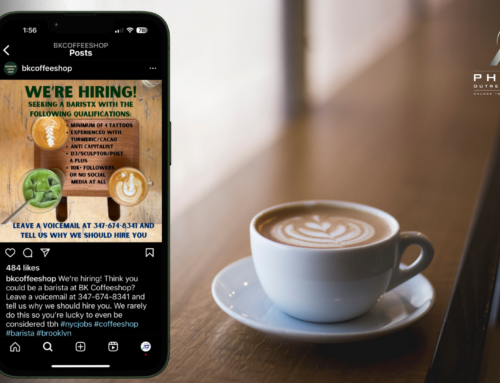For workforce development boards tasked with energizing and advancing regional employment opportunities, the silent but deadly enemy is apathy. It manifests in the workforce as a lack of marketability, drive, and stagnation—symptoms of being comfortably numb to the competitive demands of the modern economy.
Apathy thrives on silence. When boards fail to communicate effectively, they risk losing their relevance and market share to more vocal, proactive competitors. To counteract this, boards need to employ strategic communication and engagement to rekindle interest and drive in their regions.
The Importance of Having an Enemy
Sir Winston Churchill once famously stated, “You have enemies? Good. That means you’ve stood up for something, sometime in your life.” This notion resonates deeply when considering the challenges faced by workforce development boards across regions striving to invigorate local economies and combat employment stagnation. Indeed, having an “enemy” can be a powerful motivator. For these boards, that enemy is not a person or organization but rather the pervasive specter of apathy—a lack of drive and innovation within the workforce that threatens to undermine their efforts.
Identifying and confronting this enemy not only clarifies the mission but also imbues it with a sense of urgency and purpose. As we delve deeper into why having an enemy is crucial for workforce development boards, we will explore how this confrontation helps to galvanize stakeholders and transform passive participants into active, engaged contributors. By framing apathy as the adversary, these boards can foster unity and collaboration among varied stakeholders, enhancing their commitment and enabling a collective push towards transformative goals. This approach leverages the shared challenges as a rallying point, driving concerted efforts that are essential for making meaningful progress in workforce development.
Strategic Actions to Combat Apathy
To effectively combat this enemy, workforce development boards need to implement several strategic actions that not only reclaim but also expand their market share:
- In-depth Stakeholder Communication: Enhance communication strategies by not only updating stakeholders regularly but also engaging them in meaningful discussions that encourage feedback and insight.
- Innovative Engagement Initiatives: Go beyond standard initiatives by creating unique opportunities that directly involve community members, utilizing technology and social media to broaden reach and impact.
- Advanced Feedback Mechanisms: Implement cutting-edge tools and platforms for collecting and analyzing feedback, ensuring adjustments to programs are both data-driven and agile.
- Enhanced Leadership Presence: Develop a strong leadership presence that goes beyond visibility, encouraging leaders to actively participate in community and industry events, thus strengthening connections and influence.
- Comprehensive Market Analysis: Employ sophisticated analytical methods to monitor and forecast industry trends, allowing for preemptive strategy adjustments that keep the board ahead of changes.
Strategic Alliances to Combat Apathy
Furthering the fight against workforce apathy involves embracing the principle that “The Enemy of My Enemy is My Friend.” By forming strategic alliances with other organizations also impacted by workforce stagnation, boards can enhance their capabilities and extend their influence.
Collaborations can include:
- Partnering with Educational Institutions: Collaborate with local schools, colleges, and universities to align educational programs with market needs, ensuring a steady pipeline of skilled workers.
- Engaging Industry Leaders: Work closely with industry leaders to tailor training programs that are directly relevant to current and future job markets.
- Alliances with Nonprofits and Community Organizations: These organizations often have deep insights into local needs and can help in reaching out to underrepresented groups.
- Government Collaboration: Work with local and state governments to ensure that policies and programs support rather than hinder workforce development efforts.
By recognizing apathy as the enemy and rallying a diverse group of stakeholders against it, workforce development boards can not only revitalize their programs but also secure their critical role in regional economic development. This proactive and collaborative approach is essential for overcoming the inertia of the status quo and fostering a dynamic, competitive workforce.
Let’s amplify our efforts in workforce development and drive apathy away for good. Make your outreach so loud, compelling, and impactful that apathy doesn’t stand a chance. In the battle for economic vitality, silence is our worst enemy. It’s time to get strategic, get involved, and make sure everyone knows that the public workforce system is here to win.






